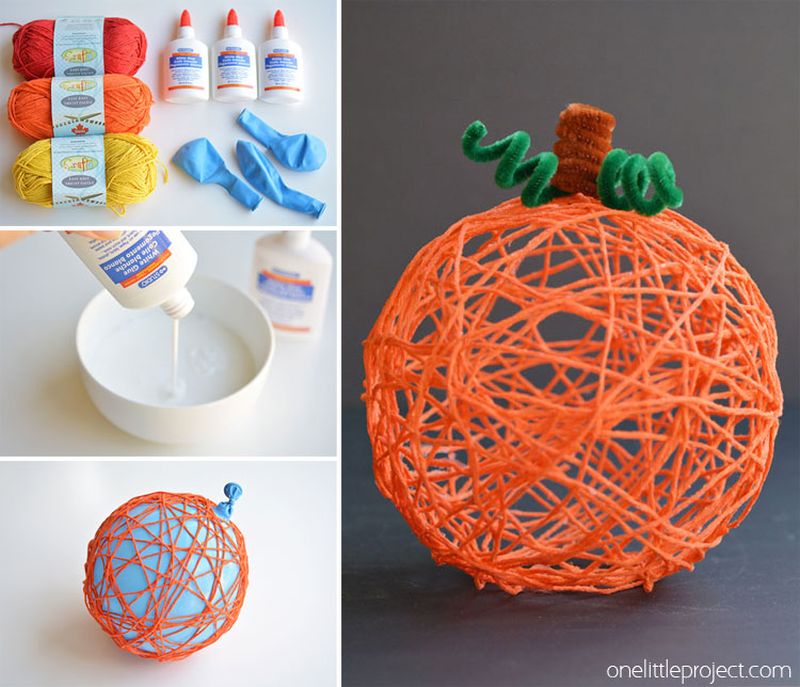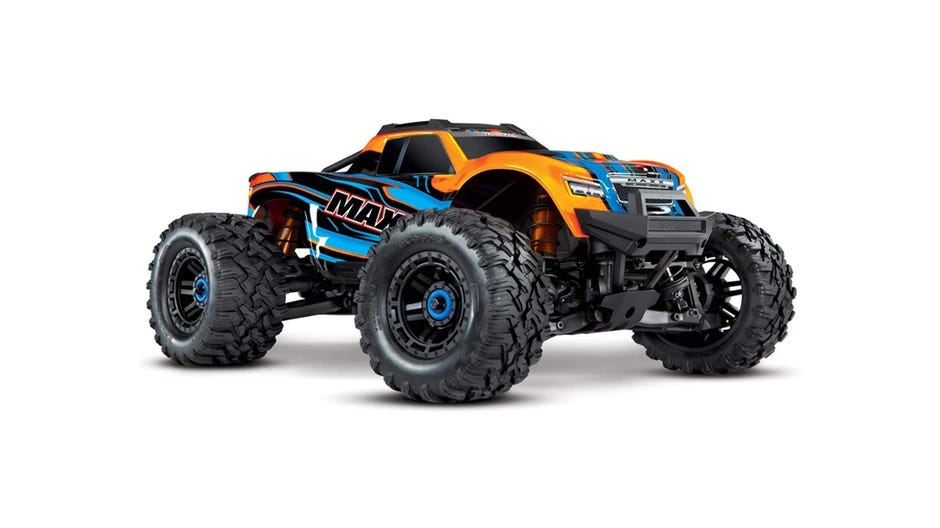
Sand is a great sensory medium for children, and there are many ways to use it. You can give your child a great tactile experience using sand. You can make many different creations using glue. While messy crafts are a great way for kids to express themselves, they also make cleanup much easier.
DIY seashell necklace
You can create a DIY seashell necklace with seashells and cord. Beads and pompoms can be used to embellish your creation. You can use different sizes of seashells for different designs. You can give a DIY seashell bracelet to a friend if you wish.
You can make your own seashell jewelry, which is much more affordable than buying one. You can also use coke cans or dried seashells. There is even a tutorial available online that shows you how to make your own DIY seashell necklace. It is easy to make and will look great for any occasion.

A DIY nail polish project is another option if you feel more creative. You can also make a glittery, seashell necklace with nail varnish if your budget doesn't allow for real seashells. You can use glitter polish or flat-backed crystals to make your DIY seashell necklace look beautiful. This can even be used to sell your creation at a local craft market. Avoid using seashells with live creatures. Use only empty shells.
DIY seashell bracelet
You can dress up casual clothes with a DIY seashell bracelet. These bracelets can made with any combination of leather, seashells, or other materials. These bracelets are easy to make and can be paired with any outfit. The seashell bracelet is beautiful with any style of dress, whether it's a simple white or elegant lace gown.
You will need a seashell, a chain and some beads to make your own seashell bracelet. It is best to leave 1.5 inches of string on the end. This allows you to slip it on and off easily. Next, take a 10-inch section of string and wrap two ends around one another.
Next, you will want to use some pliers. You can use regular jewelry pliers or cheap big box store pliers. Just be sure to avoid using hardware pliers, as they have sharp teeth that may damage your ring.

DIY seashell discovery bottle
You can make your own seashell discovery bottles. This is a safe, fun and effective way to provide sensory play for children. Using a glass jar, clean seashells, and blue liquid watercolor paint, this bottle lets babies and toddlers explore and discover the many different textures of the ocean. As the container, you can use a mason or recycled water bottle.
Make your DIY seashell discovery bottles by filling a mason or recycled jar with about 1/3 to 1/2 cup of tap water. The seashells will move faster if you add more water. After the water has been boiled, you can add aqua blue liquid watercolor paint or food coloring. You can also add some clear liquid hand soap to your bottle to make it brighter.
You can experiment with different glue to water ratios to give the bottle different colors or textures. The bottle can also be embellished with tiny pieces of animal or sea life.
FAQ
What are your competitive hobbies?
Running, swimming, cycling and tennis are all competitive sports.
They are usually enjoyed by people who enjoy being active, but also allow for social interaction.
If your hobby is physical activity, chances are that others share it.
This may mean joining a club or group where you meet regularly to play sports together.
You could also opt to take part in team games that involve playing alongside others.
These include football (soccer), cricket, rugby, netball, basketball, hockey, baseball, volleyball, badminton, squash, handball, and table tennis.
There are many different types of competition.
Some competitions may be held for pure recreational purposes.
Others are designed for competitors to prove their skill.
Other rewards are available to recognize exceptional performance.
These cases award prizes to the winners.
Other competitions are meant to test competitors' strength and stamina.
These are called endurance events.
For example, marathon races, triathlons, Ironman Triathlon, etc.
Athletes often train hard before competing in these events.
To prepare their bodies and minds, they will have to adhere to a strict training plan.
They may also need to spend some time away from home during preparation.
It is important that you remember that not every athlete can compete in every type or event.
What are observation hobbies?
Observation hobbies are those activities that allow you to watch others do what they do. They might include watching sports, reading books, going on holiday, etc. You might also enjoy observing other people.
Because they teach you how to think creatively, observation hobbies are great. This knowledge can be used later to help you with projects that you are working on for others or yourself.
It will be easier to learn about something if you are interested in it.
If you are interested in learning more about football, for example, you might watch a match or read a book. If you want to learn more about photography, you could take or visit exhibitions.
If you enjoy playing music, you could play along to songs online or buy a guitar.
If you love cooking, you can either cook your meals at home or order from a local restaurant.
If gardening interests you, you could plant vegetables or flowers.
You could take a class or go out dancing with your friends if you enjoy dancing.
If you love painting, you can paint pictures.
Writing poetry or stories is a passion if you are a writer.
If you like drawing, you could draw pictures.
If you have a passion for animals, you might be able to look after them or work in a zoo.
If you like science, you could study biology, chemistry, physics or maths.
If you like history, you could read books, watch films or listen to podcasts.
You could explore the world or travel to places you love if you are a lover of traveling.
What are your top hobbies?
You can find the best hobbies that you love doing for yourself. It will be easier to continue doing what you love if you are passionate about your work. If you don't feel well or tired, you will always have an excuse!
Hobbies that we all know and love include gardening, painting and crafts, photography, cooking, sports and games, reading, music, film-making, collecting, cycling, walking, dancing, writing, playing instruments, etc.
You could also consider volunteering at a local charity shop, animal shelter, children's hospital, hospice, elderly care home, school, community center, church, etc.
If you're looking to do something more adventurous, Consider scuba diving and skydiving.
There are many unique ways to spend time in the outdoors, whether you're looking for adventure or a more traditional way to do it. These include caving, cliff diving, cave tubing, abseiling, sea kayaking, rafting, canoeing, climbing, trekking, bushwalking, mountaineering, backpacking, trail running, orienteering, off-road driving, quad biking, motorcycling, motorcycle riding, dirt bike riding, jet boating, hang gliding, hang gliding, parachuting, hang gliding, heli-skiing, ice skating, snowmobiling, snowshoeing, snowshoeing, cross country skiing, downhill skiing, telemark skiing, ski touring, sled dog racing, snowboarding, snowkiting, snowmobiling, spelunking, snowshoe hiking, snowshoeing and many more.
Why do we have hobbies?
Hobbies are an important part of our lives because they give us time to relax, unwind, think creatively, exercise, socialize and enjoy ourselves. You can also learn new skills and develop lifelong interests.
Hobbies can help us find meaning and purpose.
These are a great way for you to have some free time, even if there isn't much else.
They are also very entertaining!
If you don't have time for a hobby, then you probably don't have time for anything else either.
You have many choices. Maybe you should consider starting a hobby.
What are collection hobbies?
Books, movies, music and comics are the most popular collections.
You can also find stamps, coins, cars and dolls as well model kits and figurines.
I think you get it.
Statistics
- Almost 80% of people claim to have no hobby. (hobbylark.com)
- This 100% accurate personality-analyzing hobby quiz discovers your passion based on your characteristics. (quizexpo.com)
- The intensity of the dialogue partners' bond at the end of the forty-five-minute vulnerability interaction was rated as closer than the closest relationship in the lives of 30 percent of similar students. (time.com)
- A new survey by Pew Research Center of teens ages 13 to 17 finds that 36% of girls feel tense or nervous about their day every day; 23% of boys say the same. (pewresearch.org)
- 37% Video Games 36% Travel 36% Health and Fitness (quizexpo.com)
External Links
How To
How to get started gardening
Gardening is one among the oldest forms. It takes patience, persistence, determination, and perseverance. The first step in starting your own garden is choosing a location where you want to grow food. It could be large land, or just your backyard. Next, select the kind of plants that are most appealing to you. Do you prefer flowers or vegetables? Some people enjoy growing herbs while others love raising livestock such as rabbits. Before you decide on the type of crops you want to plant, it is important to consider the space available. You might consider growing berries or fruits if you live in a cold climate.
Once you have made your choice, it is time to prepare the soil. The soil is crucial in determining whether your plants thrive or not. Organic matter is essential for the health and well-being of your plants. Organic matter is made up of leaves, twigs grass clippings, manure and compost. After you have prepared your soil you must add nutrients. The type of plant you intend to grow will dictate the amount of nutrients you need. A fertilizer calculator online can help you determine these values. Many fertilizers are on offer, so make sure that you know which one you are buying.
After you have prepared the soil and added nutrients, it is time to wait for your seeds germination. The process typically takes 2 to 3 weeks depending on the weather conditions and temperature in your area. Once your seeds are sprouted, you must water them regularly. Watering your plants too little or too often can cause problems. Make sure to give your plants water at regular times and not overwater. Overwatering your plants can lead to root disease and fungal infections. When watering your plants, remember that most plants require less water during the warm summer months than in winter. Keep in mind that certain plants may need to be dried after being watered. For example, tomatoes need to stay slightly moist but not wet. Soggy soil is not a good choice for tomatoes. After flowers are finished, plants must go dormant. Dormancy is when plants stop producing new growth and begin storing energy for the next season's harvest. Dormancy occurs when the plant stops sending signals that tell its roots to produce food. Throughout this time, plants can store energy. If temperatures fall below freezing or the plants are not getting enough sunlight, they will die.
Urban areas can limit your choices for plants. Concrete sidewalks, roads and buildings are common in urban areas. They block sunlight from reaching the ground. Concrete absorbs sunlight and blocks the soil below from receiving adequate sun exposure. Many plants can't survive in urban environments due to lack of sunlight. There are many plants that can survive in urban environments. Many trees, shrubs and perennials can thrive in urban environments. Many annuals can be grown indoors, too, in containers. You can have fresh greenery all year round with container gardens.
Now that you have decided where to place your garden, chosen what you will grow, and prepared your soil, you are ready to plant!